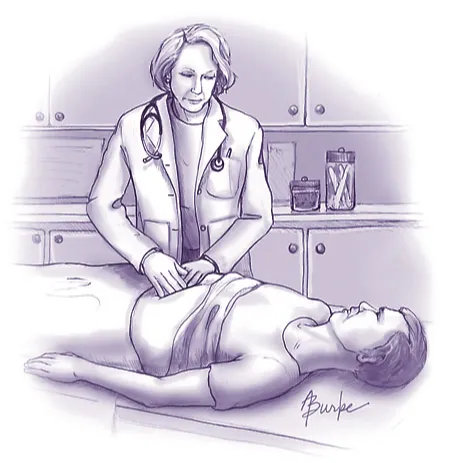Stacey Kast, RN, BSN
Stacey Kast, RN, BSN is a frequent contributor to RN Journal with 4 articles published to date.
Contact by email: click here.

Electroconvulsive Therapy in Pediatrics
Tags: adolescents Electroconvulsive Therapy pediatrics performance
The use of ECT for the pediatric population requires significant application of professional ethics in order for the process to be smooth and successful. Experts who administer ECT on psychiatric patients ought to consider the right of the patient to choose the type of treatment they want after being equipped with all the pros and cons related to the process.
Read More →
Medical Equipment
Tags: equipment oxygen PACU Post Anesthesia Care Unit T&R Transport and Relief
This article is about receiving a patient postop who required oxygen. The respiratory therapist had disconnected the oxygen and placed onto the beside portable O2 tank to administer a nebulizer treatment. After nebulizer treatment was completed the oxygen was not moved back to the wall and tank went empty. The patients oxygen dropped.
Read More →
Receiving another patient helped save my other patient...
Tags: elderly experiences nursing nursing experiences PACU
I started my day in the Post Anesthesia Care Unit (PACU). I work the 7a-7p shift. It was just another routine day. I received an 84yr old female patient Mrs. R from the Main Operating Room (OR) who had undergone a Left Shoulder Replacement. Mrs. R received an interscalene block for pain in the OR and had general anesthesia. Since she was elderly and was not having good tidal volumes at the end of the case anesthesia decided to keep her on the ventilator a bit longer until she woke up more...
Read More →
Spinal Block versus Epidural Block
Tags: anesthesia Epidural epidural vs spinal block Regional anesthesia Spinal Block spinal block vs epidural
Spinal anesthesia, also called spinal analgesia, sub-arachnoid block (SAB) or intrathecal, is a form of regional anesthesia involving an injection of a local anesthetic into the cerebral spinal fluid with a fine needle. The term epidural is often short for epidural anesthesia, a form of regional anesthesia involving injection of drugs through a catheter placed into the epidural space. The injection can cause both a loss of sensation (anesthesia) and a loss of pain (analgesia), by blocking the transmission of signals through nerves in or near the spinal cord.
Read More →Get Published for Free
Browse by Tag
advocate aging anesthesia behavior cardiac care Case Study child children clinical compassion COVID-19 critical care death diabetes disease education emergency department end of life ethical principles ethical values ethics future of nursing health health care ICU medication mental health nurse Nurse Education nursing nursing education nursing ethics nursing faculty nursing school nursing students PACU patient care patient outcomes patient safety pediatric poem profession risk factors stress student nurse students teaching therapy treatment
Most Popular Last Month
More from RN Journal
Nursing Summer Camp: Recruiting the Next Generation of Nurses!
Positive Psychology in psychiatric and mental health nursing practice
Breaking Barriers: Addressing Transportation Challenges and Healthcare Access for Expectant Mothers in Impoverished Communities
From Classroom to Community: Teaching Stress First Aid
Nursing Students Readying to Save Lives
Multimodal Analgesia: Ways to Take Away the Pain
My Teaching Learning Philosophy
Story of Sarah
Bearers of Light - A Poem









